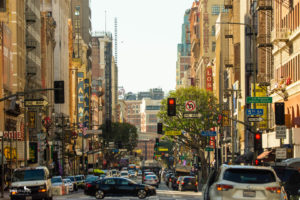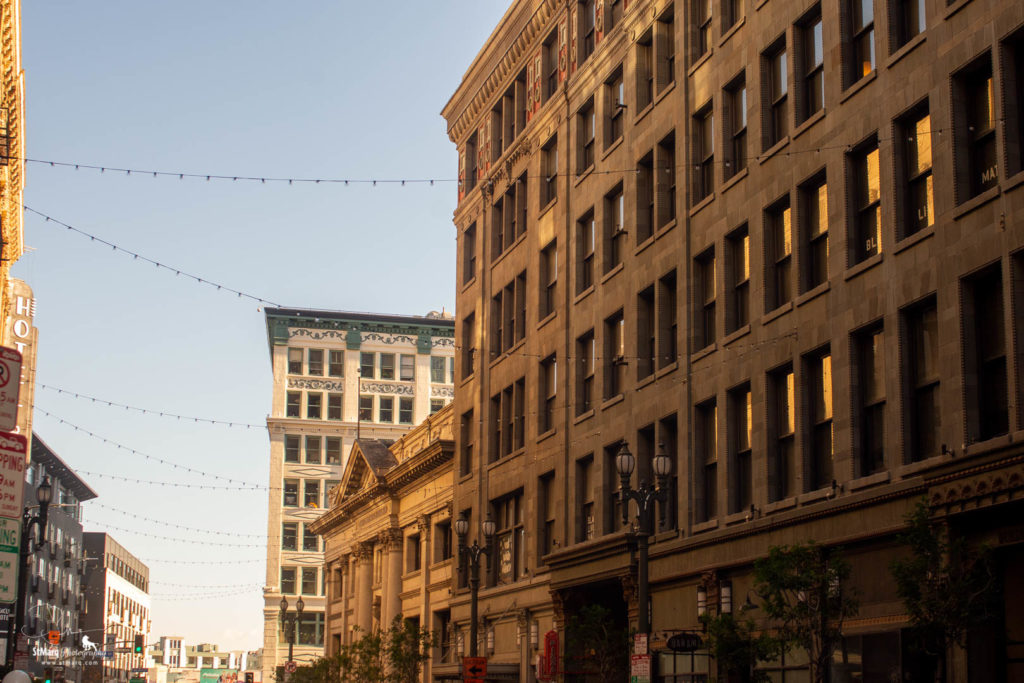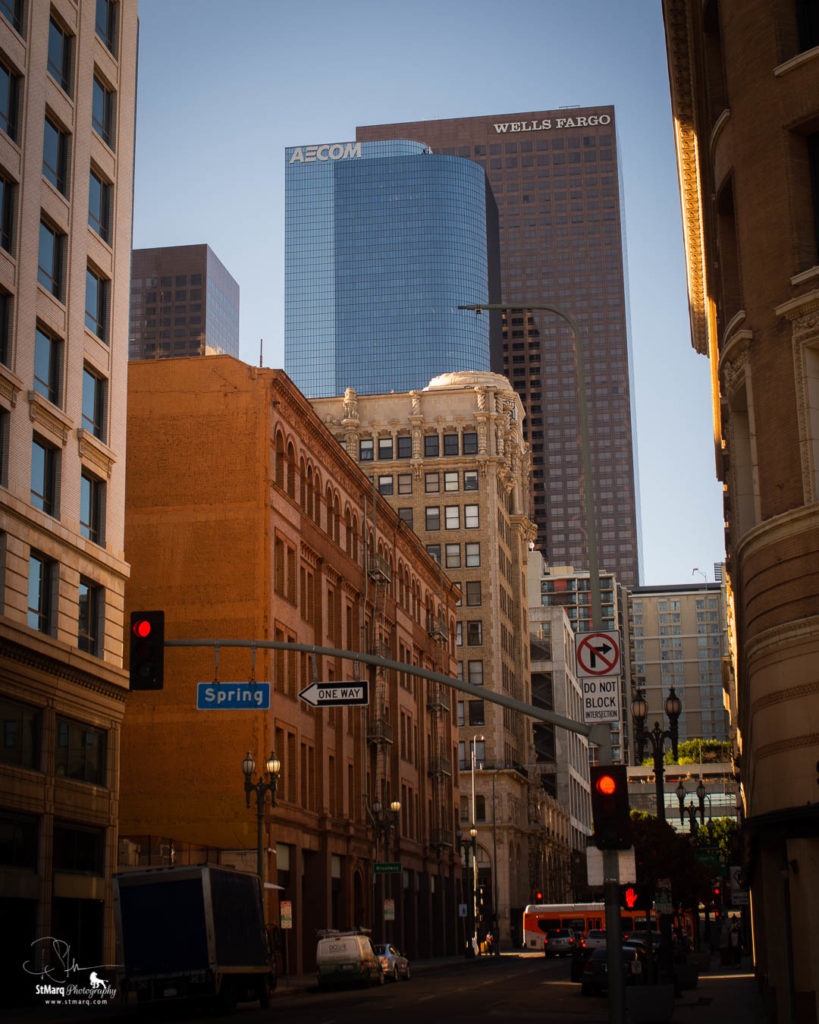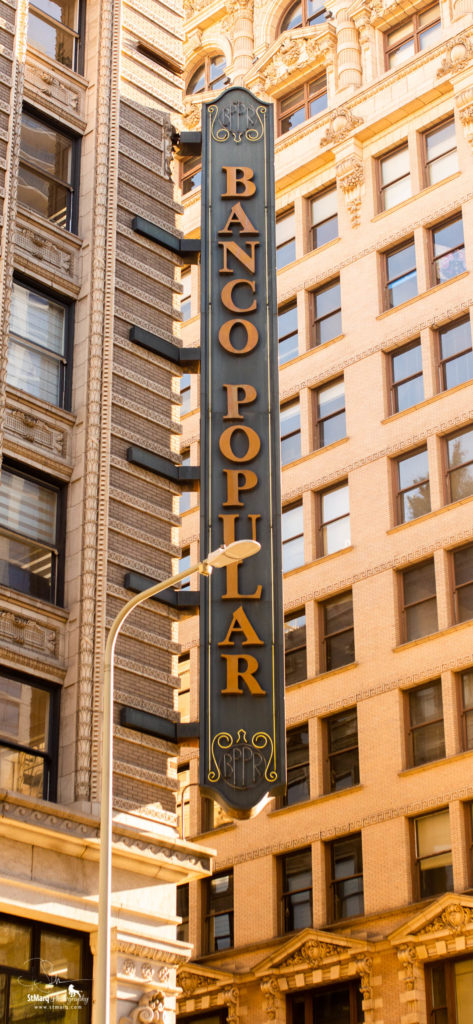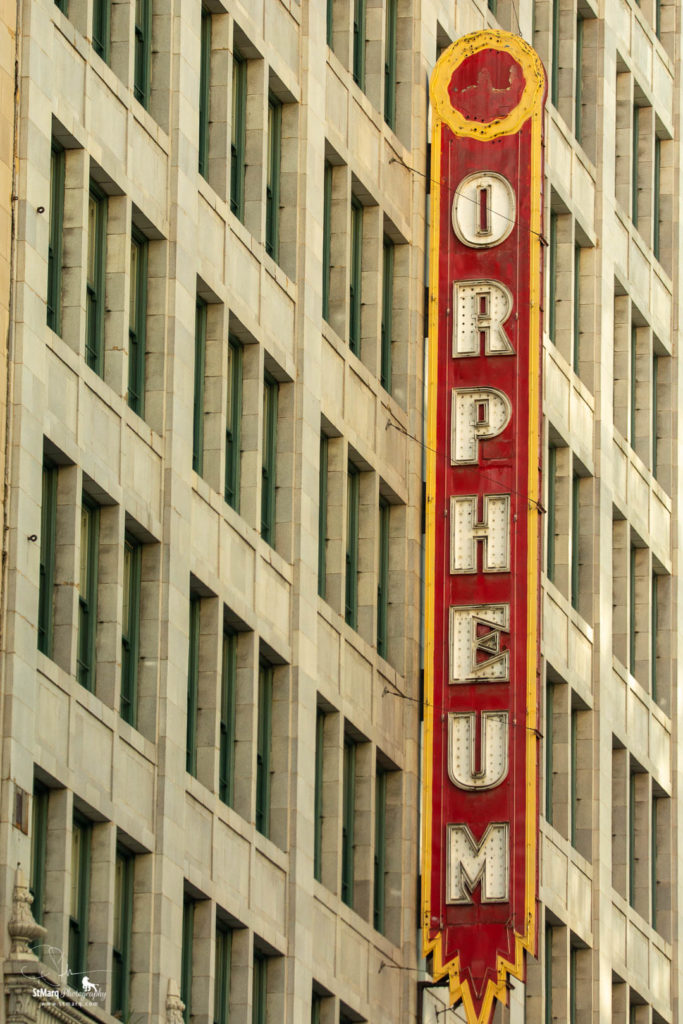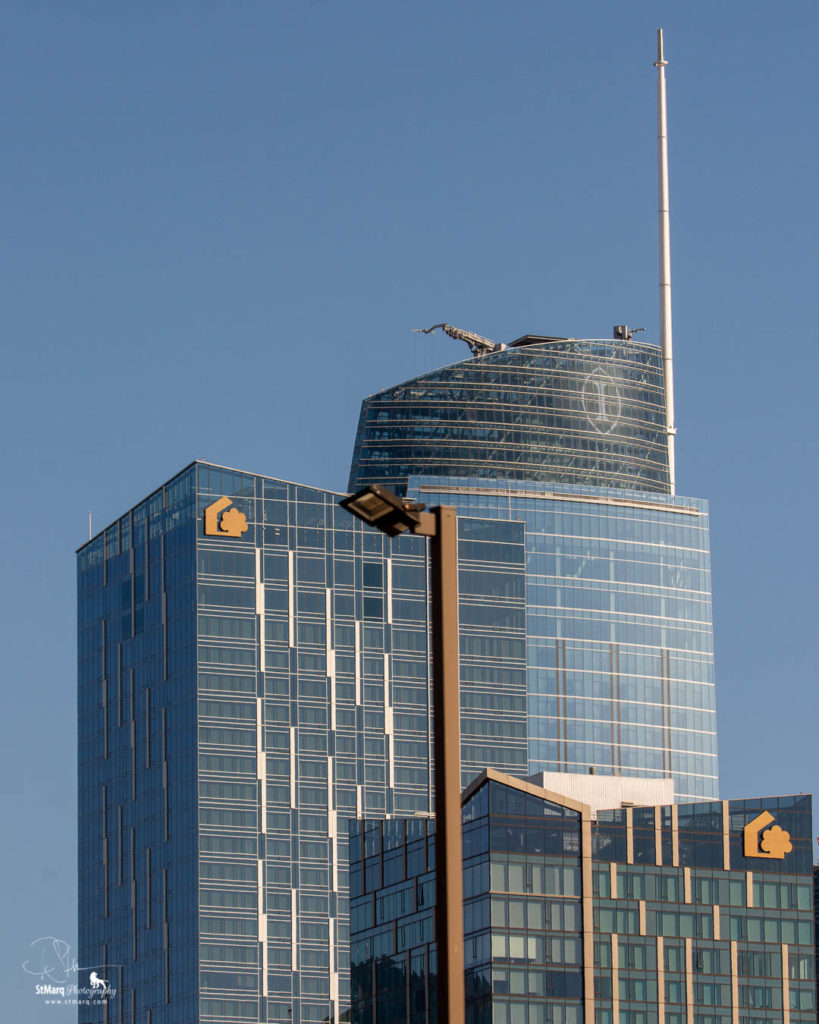Springing Into Action
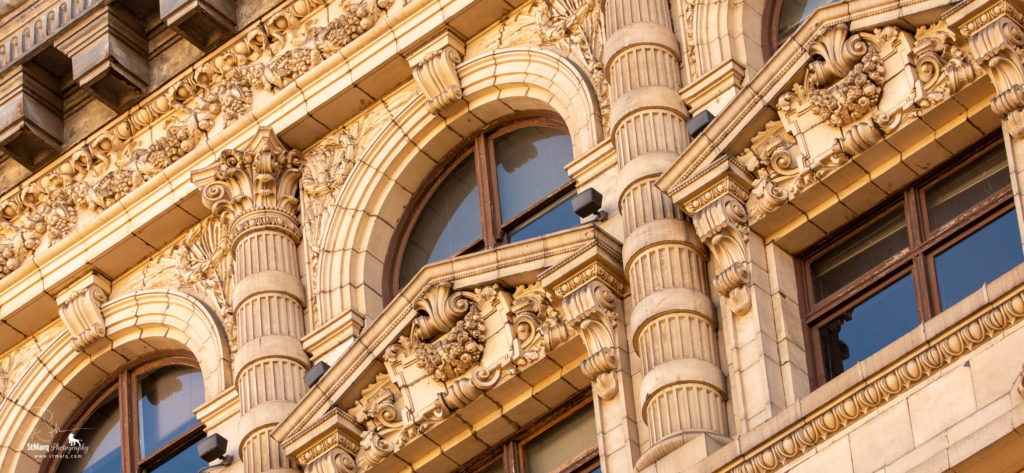
The first thing I noticed about Spring Street in Los Angeles was not the beautiful Beaux-Arts buildings, nor the signs and lights; not the traffic. It was the difficulty in parking. Like most big-cities, parking is atrocious. EVERY space on the street with a meter was taken. Men with flags catch my attention. A sign. $4.00 parking. I pull in without reading the “fine print.” It was $4.00 per 10 minutes with a $15.00 maximum. Wow! I know, some will think that is pretty good, but I am cheep. I don’t like paying for somewhere to put my car for an hour while I explore. I like to walk, but my body doesn’t always allow me to walk very far with rods and screws in my back and part of my right lower lung removed, I get winded pretty quick, otherwise, I would have parked and walked the distance of Spring Street stopping to head down 4th, Hill, Broadway and 7th, just for fun. There are plenty of scooters and bikes for rent, but the cloth mask on my face and no gloves, made me think that it would not be wise, let alone the whole, immune-compromised thing from chemo. Fighting cancer for 7 years have taught me endurance. I drove up and down Spring Street stopping at the red lights and picking up my camera from the passenger side seat and snapping a few captures.

That whole endurance thing kept gnawing at me. After a few times down the Historic District from 4th to 9th on Spring, I just had to get out for a few captures with my feet planted firmly on the concrete walkways of this place of wonder, all the while making sure I was at least 30 feet away from the nearest homeless tent and 6-10 feet away from the one or two people I encountered. I hate this. Hate is a strong word. I hate this. Every bone in my pastoral and photojournalistic body wants to engage with people. I want to talk to them about the hope I found in Christ and I want to document the place where they live. I want to show the beauty of the buildings and the tragedy of the streets. I didn’t take any photos of the many homeless people and their “city” within a city. The reason might surprise you, but it was out of respect. I wouldn’t want some photog taking pictures of my house, why would I take pictures of theirs, and without being able to be close enough to talk to them, I couldn’t get permission. I know, I digress, but it did have an impact on me. I wish I never got cancer or was immune compromised. I wish this dreaded virus never happened. But I did and it did and it is now part of life that, prayerfully, will go away sometime soon, God willing.
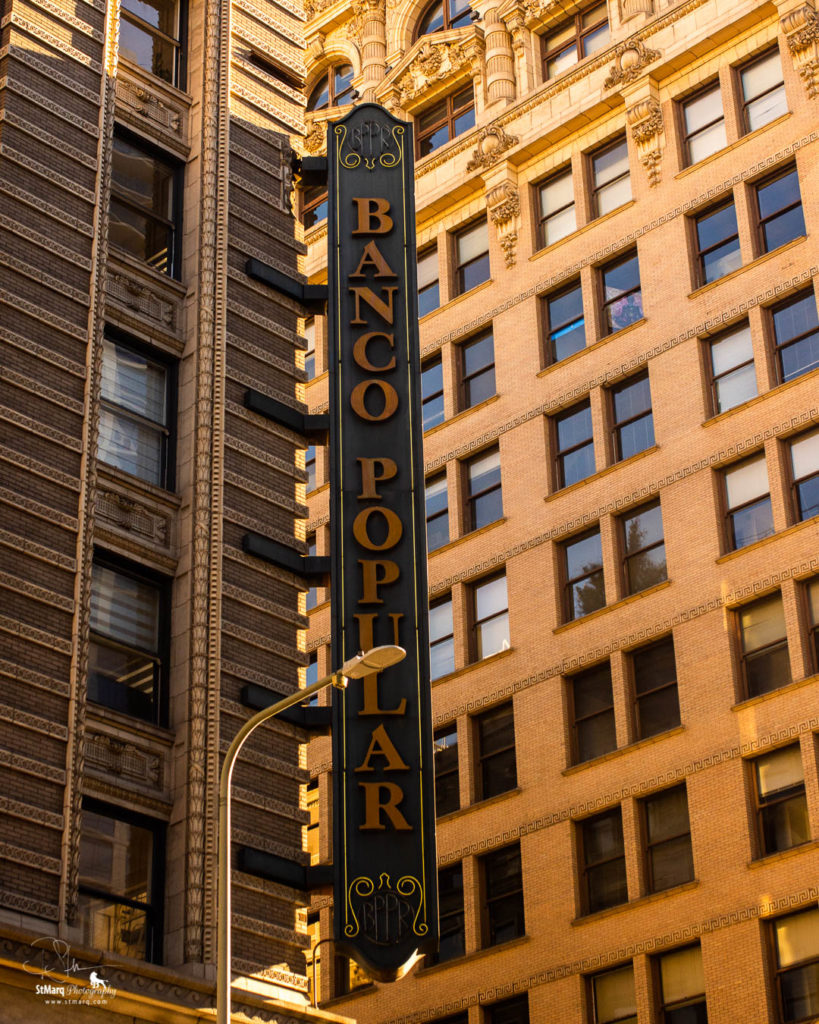
The parking was $3 every 15 minutes with a $10 maximum! The lot was a couple of blocks away from the location I wanted to point the lens, so just walking there would probably cost me $5, but it was worth it for me to stand among giants like the Hellman Building, which is now known as the Banco Popular, with it’s sign prominently displayed on the corner of 4th and Spring Streets. This tall, 151 foot, handsome structure of brick and concrete, was built by Herman W. Hellman who later became one of Los Angeles’ wealthiest residents, and designed by Alfred Rosenheim in 1902 on top of Hellmans’ original cottage that he built in 1875, designed by Kysor & Matthews. The Hellman building was originally used as a bank. Moving south from the Hellman, across 4th street, is Los Angeles’ first skyscraper, the Continental Building. This gorgeously decorated edifice is 151 feet tall and is located at 408 S. Spring Street. It was built in 1903 and was originally known as Braly Block, but by 1908, it was known as the German American Savings Bank. These two structures were the origin of what would later make Spring Street what journalists called, “The Wall Street of the West.”
Spring Street, originally called Calle Primavera, is one of the oldest streets in Los Angeles. The structures along this street are so well preserved, being well-made that from 4th Street to south of 7th Street, in on the National Registry of Historic Places list. The Financial District of Los Angeles makes up the Historic Core district of Downtown with portions of Hill, Broadway, Main and Los Angeles streets. It makes up 23 financial buildings built in the Beaux-Arts Architecture style. The style was taught at the Ecole Des Beaux-Arts in Paris in the 1830’s to the end of the 19th century. Three styles are encompassed, including, French neoclassicism, Gothic and Renaissance elements, using iron and glass. The style was popular in the United States due to many prominent U.S. architects studying in Paris and employing the style in America. Throughout most of the 20th century, Spring Street, starting at 7th and ending at 4th, was the financial heart-beat of the city with many of the most important banks and financial institutions centralized there. Many of the buildings themselves were designed by John Parkinson, who designed many of the city’s most important buildings such as, the Los Angeles Memorial Coliseum, Bullocks Wilshire, Union Station and the Los Angeles City Hall.
I had never visited the Lost Angeles City Hall. It was much bigger than I expected. It stood tall and proud and it filled the sky. I had to drive around it several times just to get a good view. Of course, there was nowhere to park. The structure was built in 1928 and is used for government operations including the mayor’s offie. It has 32 floors and at 454 feet was much taller than the tallest commercial building in Los Angeles at the time, the Continental a few blocks away on Spring Street. The Charter of the City of Los Angeles did not allow buildings larger than 150 feet until the late 1950’s because they wanted to ensure the continuity of the skyline. This made the Continental the tallest commercial building at 151 feet for 53 years until the restriction was lifted! The City Hall building encompasses Main, Temple, First, and Spring streets, which was the heart of the central business district during the 1880’s and 90’s. The building itself is made out of concrete, sand coming from all 58 counties in California and water from the city’s 21 historical missions. The tower is in the shape of the Mausoleum of Mausolus, which was a tomb built between 353 and 350 BC in Halicarnassus, present day Bodrum, Turkey for Mausolus, a native Anatolian from Caria and a satrap in the Achaemenid Empire, and his sister-wife Artemisia II of Caria. It was considered one of the seven wonders of the ancient world. The Los Angeles Police Department has had an image of the tower on their badges since 1940.
A fascinating piece of history about Spring Street, is that it is the true birthplace of the movie-business in Los Angeles. In 1898, Thomas Edison shot a 60-second film titled, “South Spring Street Los Angeles California.”
He placed a large camera on a wagon to film other wagons, a stage coach pulled by horses, a multitude of people walking and even a street car coming into view for a few seconds while a conductor jumps on and waves to the camera. It was a beautiful place filled with hope and wealth. Much like today, the town was filled with high-society types dressed with the most fashionable clothes and hats.
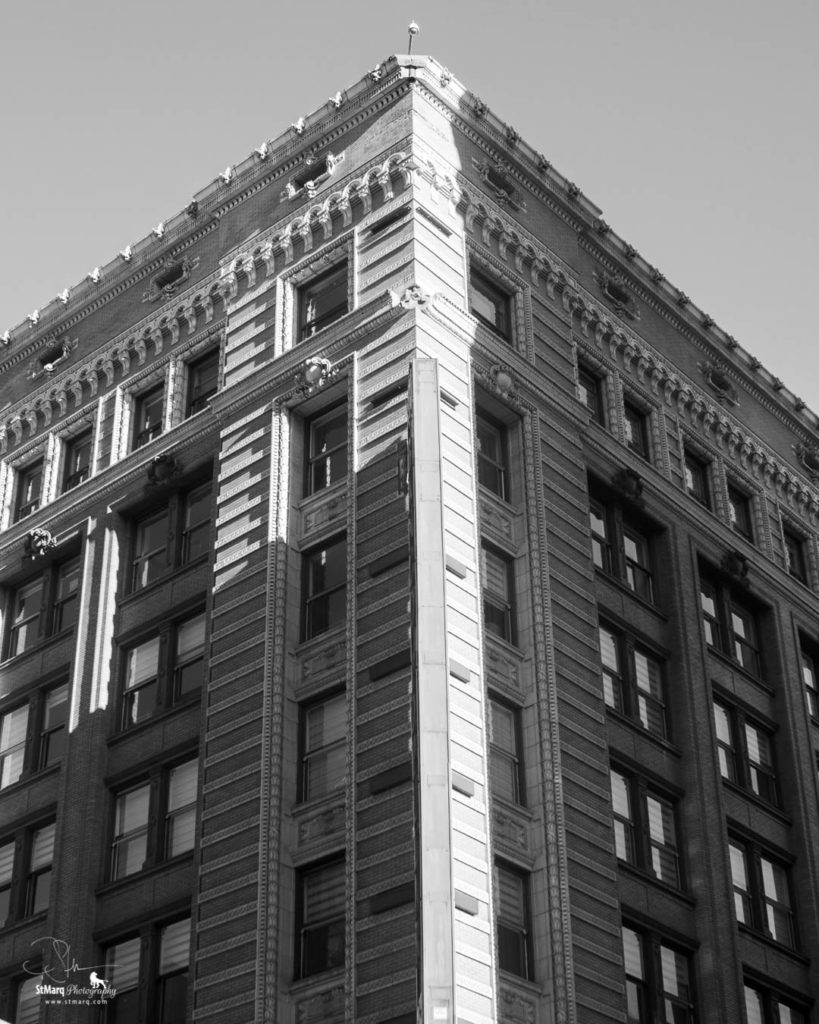
One of the things that I like most about art—any kind of art—is the mystical union that it creates between the artist (in this case the architects and even Edison) and those of us who see their art over a hundred years later. We connect. We are one with them because we experience the same things as they. We feel the same awe at the beauty and majesty of the buildings they left behind. When we watch Edison’s movie, we get an insight into that moment and we get to share what they shared. This kind of experience does not happen driving in a car. It can be, no, it must be, gained only by foot over foot travel. It must be traversed in such a way that the eyes can look up and see the wonder and magnificence of the artist. Maybe those who left behind these, “skyscrapers” wanted us to look up. They may have left these as monuments to their own artistic acuity; perhaps it was to the potential when money is no object; maybe it was to the industry itself. I am not sure, but in Los Angeles’ historic district, if you can not look up, then you are stuck in the below. I want to think that they intended to make us look up, beyond the sky that these buildings scrape, to a God that is above even their own creations. In life, we must always look up. We must always be ever mindful that if we take our eyes off of the prize we will never obtain it. They were insightful, intuitive and innovative thinkers that opened up possibilities beyond their wild imaginations. Who back then would have thought that it would be possible to make a building 1,100 feet tall in Los Angeles? The tallest building in Lost Angeles is on the other side of town, the Wilshire Grand is a skyscraper with 73 Stories! I’ll bet these guys did. They could have done it as well, but were restricted by those whose innovation was stifled by structure.
This brings me to the end of this lengthy BLOG. By the 1980’s the Financial District had moved to the other side of town and could no longer be constrained by little old Spring Street. The beauty of Beaux-Art would give way to modern skyscrapers, but would not lose its luster. Spring Street by 1982 was described as a place of drunks and derelicts. The street itself was not kept up and was dirty. There were those who attempted to change things, forward thinkers who wanted to revitalize, truly what that word means, bring life back into Spring Street, and by the late 1980’s they had some success. These once important buildings of grandeur were now empty shells of what they were. But the structures themselves and their glorious facades were sound. A decision was made to bring artists into the area, let them live in Downtown Los Angeles relatively inexpensively and create galleries to display local artwork. It worked and became known as gallery row. This was the first so called, “gentrification” of the area. As time went on, and real-estate began to be more and more lucrative, investors moved in and, again, revitalized the area. This time, they marketed to the super wealthy—the ones who originally inhabited these financial buildings—making the once office buildings into lofts with high ceilings and no walls except the bathrooms so those moving in could design their loft to be as unique as they were. This was the second gentrification. Of course, those who inhabited these buildings since the 1980’s were angered at the rising rent. Whatever it takes to give these buildings a living soul should be done. They deserve to have people living in them and for them to be taken care of as the gem they are.
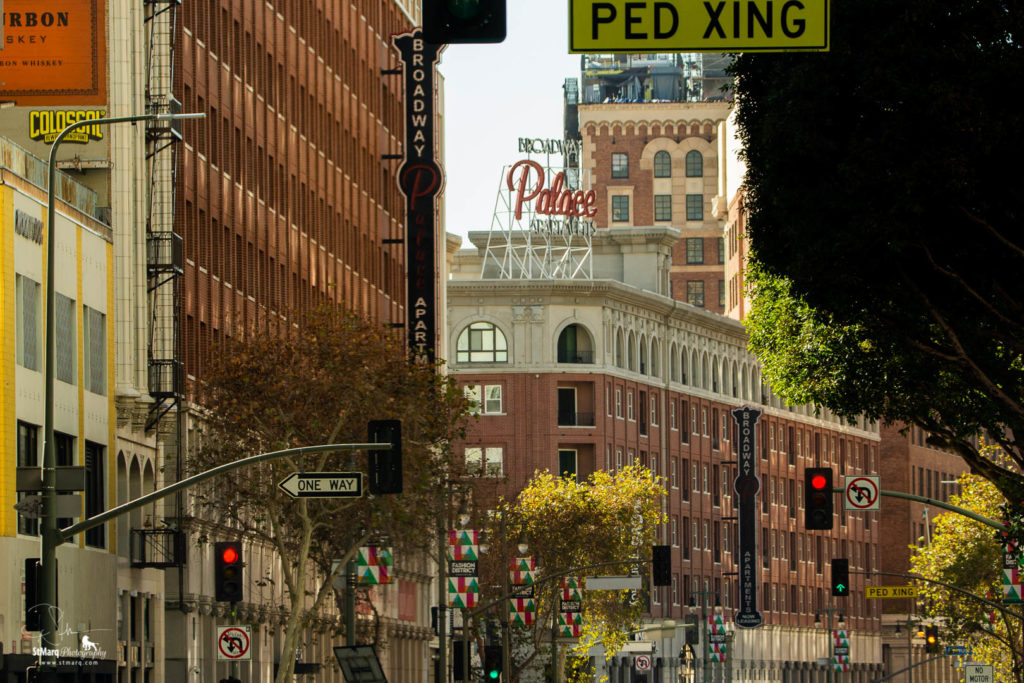
Well that is it for now. As you can tell, I thoroughly enjoyed by visit to Spring Street. The architecture is beautiful. I definitely want to visit the friends that I have met, the buildings, that speak of history and majesty. They stand as stalwarts in the face of change. The next time I go, I’ll try to meet some of the people and see if they will talk with me and turn out to be as interesting as the buildings they inhabit or work at. First, I need to raise another $100 to pay for gas, parking and food. We’ll see what happens. Looking forward to that next visit.
This article is not an entire original work. For the history and technical information I relied heavily on Wikipedia. Please visit the following links to find out all you would ever want to know about Spring Street and the Los Angeles City Hall.
The history of Spring Street:
https://en.wikipedia.org/wiki/Spring_Street_(Los_Angeles)
Hellman Building:
https://en.wikipedia.org/wiki/Hellman_Building
https://omgivning.com/projects/hw-hellman/
The Continental Building:
https://en.wikipedia.org/wiki/Continental_Building
http://www.laloft.com/continental-building
Los Angeles City Hall:
https://en.wikipedia.org/wiki/Los_Angeles_City_Hall

